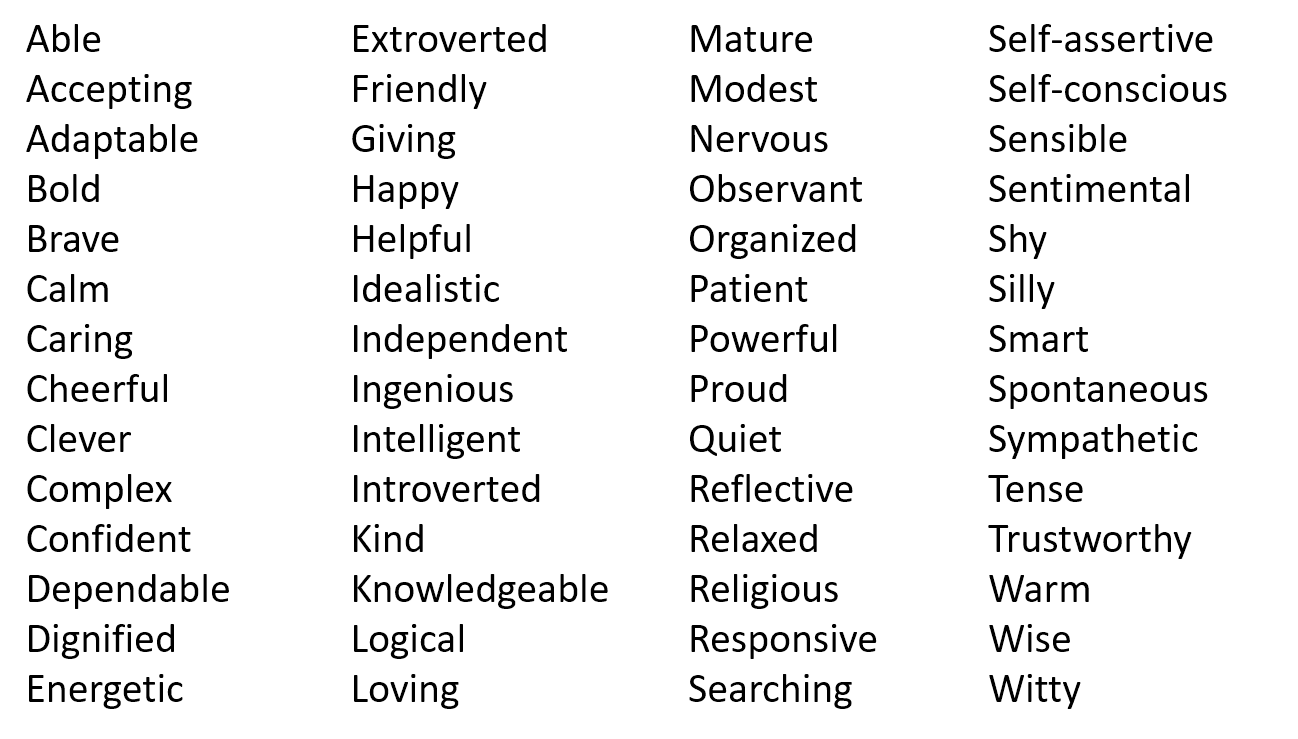Understanding Yourself Through the Johari Window: A Path to Self-Awareness
Today I’m going to ask you to do a little experiment. The Johari Window is a powerful tool for understanding ourselves and how others perceive us. Created by psychologists Joseph Luft and Harrington Ingham, this model enhances self-awareness and insight by breaking down the complexities of our personality into easily understandable segments. By using the Johari Window, we can better understand our behaviours, improve our relationships, and foster personal growth.
The Four Panes of the Johari Window
Imagine a house with four rooms, each representing different aspects of our personality:
1. Open Self: Traits that both we and others are aware of. This includes behaviours, feelings, and motivations that we openly share and that others acknowledge.
2. Blind Self: Traits that others see in us, but we are unaware of. This can include aspects of our personality that are obvious to others but remain hidden from our self-perception.
3. Hidden Self: Traits that we are aware of but choose to keep hidden from others. These can be private thoughts, fears, or past experiences that we do not share openly.
4. Unknown Self: Traits that neither we nor others are aware of. This encompasses potential abilities, unrecognised feelings, or unconscious behaviours that have yet to surface.
Using the Johari Window to Enhance Self-Awareness
To use the Johari Window, start by choosing ten adjectives from a predefined list that best describe your true self - not the self you aspire to be. Here’s a comprehensive list so take your time reflecting on the words. Once you have selected your adjectives, write them down and consider how these traits fit into the four rooms of your personal house.
Step 1: Self-Reflection
Take some time to reflect on why you chose each adjective. Which ones fall into the Open Self category, and which might be part of your Hidden Self? This process helps you become more aware of the traits you consciously exhibit and those you keep private.
Step 2: Seeking Feedback
Next, ask a friend, family member, or partner to choose ten adjectives from the same list that they believe describe you. Compare their selections with yours. This exercise can reveal traits that are part of your Blind Self—qualities that you may not realise you possess but are apparent to others.
Step 3: Discuss and Reflect
Discuss the adjectives with your friend or partner. Reflect on any discrepancies between your self-perception and how others see you. This conversation can be enlightening, revealing blind spots in your self-awareness and opening up opportunities for personal growth.
Step 4: Exploring the Unknown Self
While the Unknown Self can be challenging to explore directly, the insights gained from the Open, Blind, and Hidden selves can provide clues. Engaging in new experiences, seeking feedback, and self-reflection can gradually uncover aspects of your Unknown Self.
Benefits of the Johari Window
The Johari Window is more than just a tool for self-discovery; it’s a framework for enhancing communication and relationships. By understanding how others perceive us, we can improve our interactions and build stronger connections. Additionally, increasing our self-awareness can lead to greater emotional intelligence, better decision-making, and a more fulfilling life.
The Johari Window offers a structured yet flexible approach to exploring the depths of our personality. By taking the time to understand the four panes of our personal house, we can gain valuable insights into ourselves and how we relate to others. So, grab a friend or partner, choose your adjectives, and embark on this journey of self-discovery. And remember, the goal is growth, not perfection - approach the process with an open mind and a willingness to learn. Have fun, and try not to have too many arguments about it!


